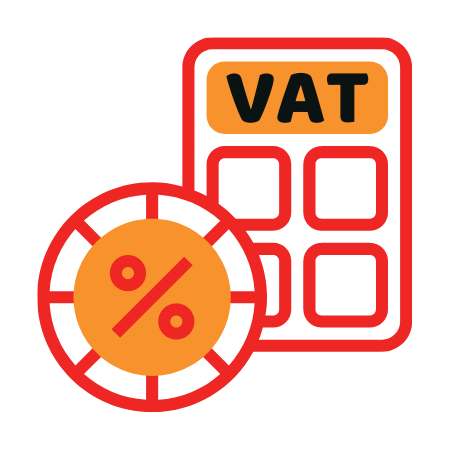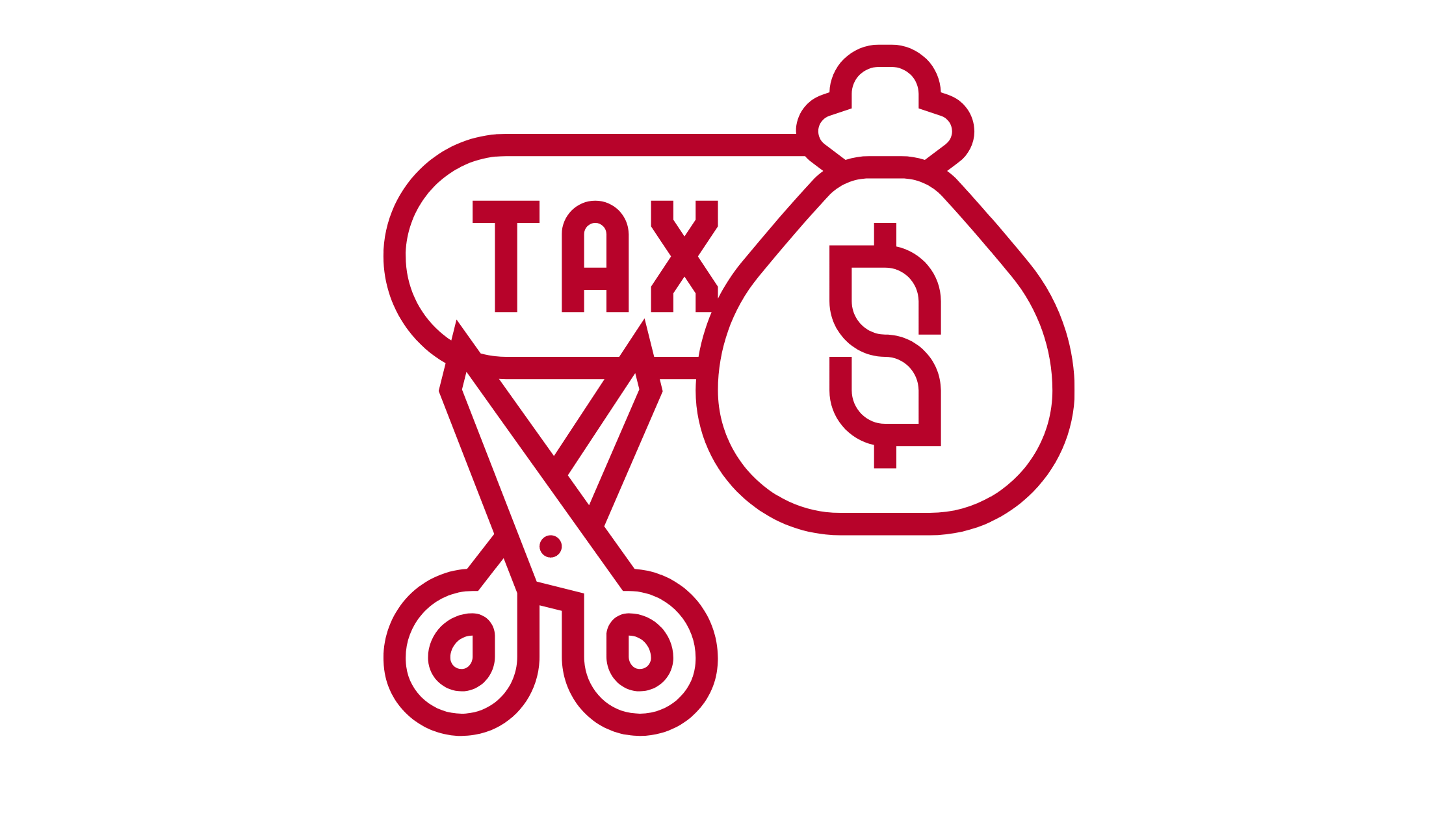Research & Development (R&D) tax credits are tax reliefs that encourage companies to spend more efforts on innovation. It either reduces the company owner’s liability to corporation tax or diverts into a payment directly to the business.
It’s an effective way to cut down on your operational expenses while figuring out the best way to run your business. Unfortunately, many business owners aren’t aware that they can benefit from this tax credit, mainly from their fear of not being qualified.
Understanding the R&D Tax Credits
Activities that directly contribute to advancing science and technology are projects that can be under a company’s Research and Development (R&D). This includes modifying products and processes with tangible by-products. Here’s where most of your money goes:
- Staff costs
- Business software
- Clinical trial payments
- Sub-contracted R&D expenses
- External workforce
Applying for R&D tax credits
The removal of the minimum R&D expenditure of £10,000 opened the doors for companies to apply for relief. This helps startups to be on the who don’t require a substantial capital allowance but can still benefit from the tax relief. Because of this, many more entrepreneurs are applying for R&D tax claims.
If you’d like to apply for an R&D relief claim, your project involves the optimisation of your company’s trade. It must be an existing business or one that you want to develop based on your R&D’s analytics. It must qualify for the expenditures listed above and explain how it can advance specific fields in your trade.
Your R&D project must look for advancement in science and technology, you must overcome uncertainty through trials and cover a complex issue that requires rigorous testing. The good news is that you can go through several trials and errors and still qualify for an R&D tax credit. This is because your attempts to further your company’s R&D doesn’t have to be successful to claim the tax relief.
Valuing the benefits of R&D tax claims
Many startups have to go through several changes in management and operations before they can find a system that works for them. Unfortunately, not all business owners have the capital to fund the different modifications to their workplace. Thankfully, R&D relief allows startups to deduct over 130% of their qualifying costs. This is in addition to the standard 100% deduction that they qualify for.
Startups can also claim a tax credit if they experience loss-making around 14.5% of their surrenderable loss. It’s an attractive alternative for business owners due to the reduction of corporation tax rates in recent years. Additionally, you can claim allowances against your capital tax expenditure, such as 100% first-year allowances (FYA), for plant and machinery additions, separate from your application for an annual investment allowance (AIA). Your FYA also applies to buildings that house R&D projects for capital expenditures.
Conclusion
Business owners need to use all the available resources at their disposal to grow their company. Unawareness of the different available tax allowances and claims put several small business owners at a disadvantage in growing their business. This is why it’s necessary to stay updated on industry standards and recent developments on tax grants. Doing so will help you grow your business at a much faster pace compared to relying solely on your personal assets.
Keeping a precise and clean record of your financials is necessary to apply to any tax grant. If you need accountants in London to handle your business’ bookkeeping, our team of experts can make sure that your accounts and transactions are in order. Contact us today, and we’ll handle the heavy lifting of your tax grant claims for you!























































